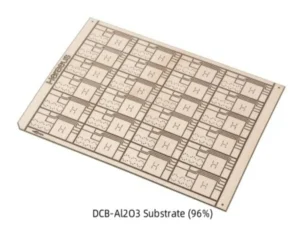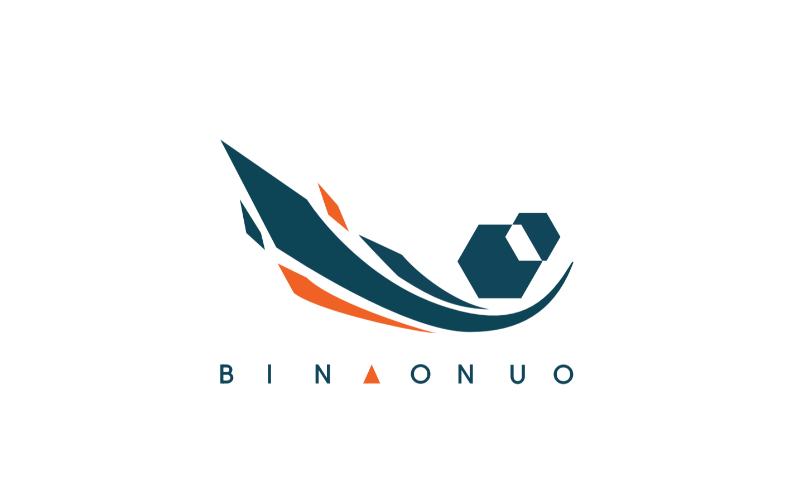Alumina substrate is currently the most widely used, most economical and effective ceramic substrate material. It has good insulation, stable chemical properties, high thermal conductivity, good high-frequency performance, etc., and has good overall performance. In the automotive industry, thanks to the rapid development of the industry, the demand for alumina ceramic substrates is increasing year by year.
Application Of Alumina Ceramic Substrates In Automobile Manufacturing Industry
IGBT package
IGBT is the dominant device in modern power electronic devices and is internationally recognized as the most representative product of the third revolution in power electronics technology. IGBT is the core device for energy conversion and transmission. It can adjust the voltage, current, frequency, phase, etc. in the circuit according to signal instructions. It is mainly used in motor controllers, vehicle air conditioners, etc. in automobile manufacturing. Among traditional IGBT modules, alumina precision ceramic substrate is the most commonly used precision ceramic substrate. However, due to the relatively low thermal conductivity of alumina precision ceramic substrates and poor matching with the thermal expansion coefficient of silicon, they are not suitable as packaging materials for high-power modules.

Sensor chip packaging
The requirement for automotive sensors is that they can be used in the harsh environments unique to automobiles (high temperature, low temperature, vibration, acceleration, moisture, noise, exhaust gas) for a long time, and should be small and lightweight, have good reusability, and have a wide output range. Alumina ceramic substrates are heat-resistant, corrosion-resistant, wear-resistant and have potentially excellent electromagnetic and optical functions. They have been fully utilized with the advancement of manufacturing technology in recent years. Sensors made of alumina ceramic materials can fully meet the above requirements. Representative applications include laser radar, cameras, millimeter wave radar, etc.

LED packaging
In recent years, LED lighting technology has been widely used in automobile manufacturing, such as headlights, taillights, indicators, ambient lights, display backlights, etc. The higher the power of the LED, the more attention it needs to pay attention to its heat dissipation problem – if the heat generated by the operation of the LED cannot be effectively dissipated, the LED junction temperature will be too high, which will not only cause the LED luminous efficiency to rapidly decay, but also cause damage to the LED. fatal impact on lifespan. The current use of alumina ceramic substrates not only has lower costs, but also can efficiently and environmentally produce ceramic heat dissipation substrates for LEDs with high power, high precision, low cost, high adhesion, and high surface flatness. Therefore, it has been widely used in the LED field. application.

Quality Key Points of Alumina Ceramic Substrates
However, although alumina ceramics can meet the rigid load-bearing requirements and environmental corrosion resistance of the substrate, its theoretical thermal conductivity and actual thermal conductivity are both low. Therefore, in order to better meet the requirements of the development of the electronics industry, it is necessary to improve the quality of substrate products. , it is necessary to pay attention to the quality, performance indicators and manufacturing process selection of the raw material Al2O3 powder.
Raw material preparation
Through long-term research and production applications, the purity, α-phase content, crystal morphology, particle size distribution and other indicators of Al2O3 have a greater impact on the quality of substrate products. Therefore the general requirements are:
- The Na2O content is less than 0.1%, and the Fe, Fe2O, and H2O contents are as low as possible;
- The crystal morphology is preferably spherical;
- The α-phase conversion rate of the raw material alumina should be appropriately controlled and kept stable;
- Alumina should be thoroughly ground to reduce agglomeration of particles.
Manufacturing Process
In addition to raw material selection, the molding and sintering processes are also key factors that determine success or failure. In terms of molding technology, injection molding, dry press molding and tape casting are commonly used. However, although injection molding has high efficiency, it is difficult to make large-sized sheets; dry press molding products have high density and the flatness of the substrate is easy to ensure, but the production efficiency is low. , high cost, and it is difficult to prepare ultra-thin substrates; tape casting has the dual advantages of high production efficiency and ultra-thinness, but due to the low density of the green body, it is easy to deform during sintering. Therefore, in order to improve the rate of high-quality products for large-size substrates, the industry is currently focusing on research on optimizing sintering methods and the selection of sintering additives.
Summarize
In short, alumina ceramic substrate materials are increasingly used in the current automobile R&D and production stages. However, if more alumina ceramic substrates and smart ceramic products are to be introduced and adopted in the future automobile manufacturing industry In automobiles, continued research is needed in many aspects such as the preparation of alumina ceramic raw materials, material evaluation and utilization technology.

